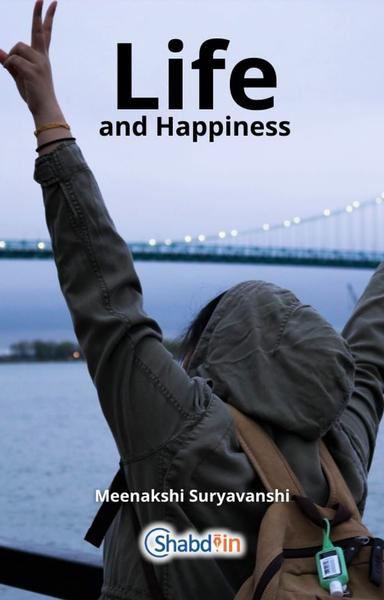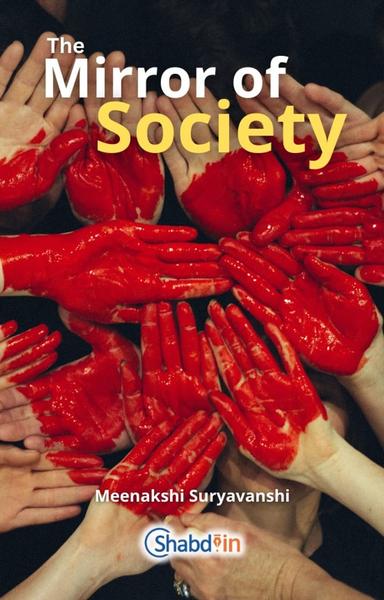Jallianwala Bagh Massacre
13 April 2023
40 Viewed
The Jallianwala Bagh massacre is a stigmatized event in Indian history. When a crowd had gathered peacefully at Jallianwala Bagh in Amritsar, the British government fired on it. In which many innocent and unarmed people were killed. Many people had jumped into a well in the same garden to avoid the bullets of the British. Due to this also many people were killed during this infamous incident. This incident is known in Indian history as 'Jallianwala Bagh Massacre'.
On April 9, 1919, two nationalist leaders Saifuddin Kitchlew and Dr. Satyapal were arrested by the British government when people were protesting against the Rowlatt Act. As a result, a large section of Indians were agitated.
Then the very next day on April 10, 1919, people were protesting against firing on Satyagrahis and forcibly sending nationalist leaders out of Punjab. Ultimately this protest turned violent and during this violence some Britishers were also killed.
On the day of Baisakhi, on 13 April 1919, a meeting was held at Jallianwala Bagh in Amritsar, in which some leaders were going to give speeches. There was a curfew in the city, yet there were hundreds of people in it who had come to see the fair and visit the city with their families on the occasion of Baisakhi and reached there after hearing the news of the meeting. When the leader was giving a speech standing on a pile of gravel lying in the garden, then Brigadier General Reginald Dyer reached there with 90 British soldiers. They all had loaded rifles in their hands. When the leaders saw the soldiers, they asked the people present there to sit quietly.
The soldiers surrounded the garden and started firing on unarmed people without any warning. A total of 1650 rounds of bullets were fired in 10 minutes. Jallianwala Bagh at that time was an empty ground lying behind the houses. There was only one narrow way to get in or out and there were houses all around. There was no way to escape. Some people jumped into the only well in the field to save their lives, but in no time that well was also filled with dead bodies. Jallianwala Bagh was once the property of a man named Jalali.

Meenakshi Suryavanshi
270 Followers
The compassion of a woman is the highest development of the inner world, on the strength of which virtues have emerged. That's why woman is the custodian of moral ideals. The satisfaction of his life is the symbol of Swarnashree. There is a stream of Payaswini in his chest and the music of life flows in his laughter. Kindness, patience and tolerance is the natural religion of a woman. His mind is soft like a flower and his heart is like a stage of love. His love is the writing on the water and faith is the footprint on the sand.D
Give response
38
Articles
Daily topics
0.0
The problem is not that we have stopped talking to others,
but the real problem is that we have stopped talking to ourselves,
even though we do not talk to ourselves, even if we do, we do it one-sided.
We do only those things which we like.
Here no one is completely black or completely white,
but all gray, everyone has every color in their personality, let us understand this thing....
1
Civil disobedience
30 December 2022
4
1
0
2
Democratic Constitution of India
31 December 2022
1
1
0
3
Hydroelectric Projects in India.
2 January 2023
1
1
0
4
Circulation of fake currency in the countr
3 January 2023
0
1
0
5
Green hydrogen mission
5 January 2023
0
1
0
6
My childhood
11 January 2023
2
1
0
7
National Youth Day.
12 January 2023
0
1
0
8
An open mic
21 January 2023
1
1
0
9
Bravery Day (Netaji Jayanti)
23 January 2023
1
1
0
10
National girl child day
24 January 2023
3
2
0
11
Martyr's Day
30 January 2023
0
1
0
12
house wife
2 February 2023
1
1
0
13
Journey between impossible to possible
8 February 2023
1
1
0
14
First lithium reserve to be found in India.
11 February 2023
1
1
0
15
National Women's Day
13 February 2023
0
1
0
16
Black 🖤 day
14 February 2023
0
1
0
17
World Consumer Rights Day
15 March 2023
0
1
0
18
psychology of happiness
20 March 2023
1
1
0
19
Women's History Month-March
28 March 2023
0
1
0
20
Role of friends in life
3 April 2023
0
1
0
21
Hanuman birth anniversary
6 April 2023
1
1
0
22
World Health Day
7 April 2023
2
1
0
23
Jallianwala Bagh Massacre
13 April 2023
1
1
0
24
Bhimrao Ambedkar Jayanti
14 April 2023
0
1
0
25
Cyber crime against women.
20 April 2023
0
1
0
26
National Civil Services Day
21 April 2023
0
1
0
27
Earth day
22 April 2023
0
1
0
28
World's Malaria Day
25 April 2023
0
1
0
29
Operation Kaveri
27 April 2023
0
1
0
30
International Dance Day
29 April 2023
1
1
0
31
Labor Day
1 May 2023
0
0
0
32
cyclone mocha
10 May 2023
0
1
0
33
National technology day
11 May 2023
0
1
0
34
World AIDS Vaccine Day
18 May 2023
0
1
0
35
World Meditation Day
21 May 2023
0
1
0
36
Odisha train accident
3 June 2023
0
1
0
37
World Blood Donor Day
14 June 2023
0
1
0
38
Teacher's day 🙏🏻
5 September 2023
0
1
0
---
Read Book
- Cookery
- Biographical Memories
- Children's Literature
- Comedy-satire
- Comics-Memes
- Education
- Feminism
- History
- Horror-paranormal
- Law & Order
- Love-Romance
- Self Help
- Sports-Sportspersons
- Suspense-Thriller
- Science-Technology
- Travelogue
- Other
- Diary
- Criticism
- Science-Fiction
- Social
- Erotic
- Familial
- Religion-Spiritual
- Craft-Hobby
- Crime-Detective
- Contemporary Stories
- Action
- Astrology
- Animals
- Literature & Fiction
- Trade-Money
- Translation
- Motivational
- Health-Fitness
- Latest Books
- Top Trending Books
- Listed Books
- Printed Edition Books
- Audio Books
- Reviewed Books
- Novel
- Story/ Story collection
- Poem/Poetry collection
- Magazine
- General Books
- Book Competition
- All Books...
Read Articles
- Poem on new year
- Your expectations from 2025
- Social-Emotional Learning
- Memories of 2024
- Daughters and society
- The Future of Artificial Intelligence
- Your views on domestic violence law
- Misuse Of Feminism
- City of dreams
- Coup In Syria
- Importance Of Financial Literacy
- Virtual Reality
- Winter's Morning
- Steps to success
- Loss Of Hopes
- A world without colour
- The curse of child marriage
- Constitution Day
- Fictional Space
- An Incomplete Love Story
- everyday
- Cryptocurrency
- Childhood friends
- First book I ever read
- Cryptocurrency Exchange Script
- lifestyle
- GLOBAL WARMING
- daily life
- Sparking Innovation
- Rainy day
- bet365 clone script
- stake clone script
- Feminism
- Daily_Competetion
- festival
- great men
- modern
- memoir
- ideological
- Detective
- time-period
- Autobiography
- Ideological
- Motivational
- an age
- Erotic
- Originator
- Travel
- Cryptocurrency MLM Software
- All Articles...










